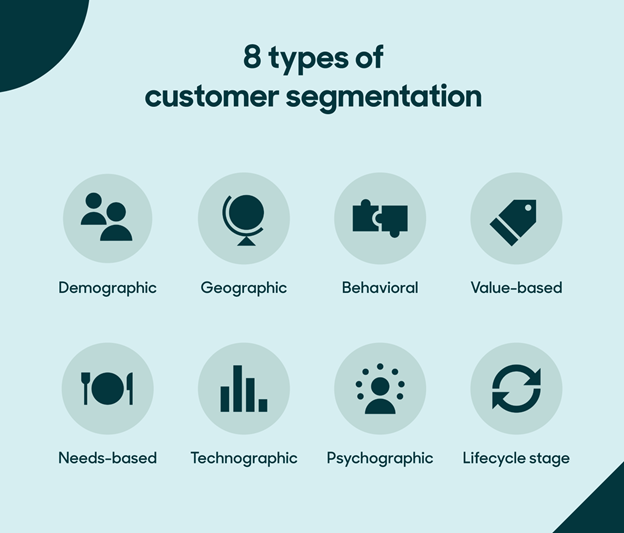Research depends on feedback from the intended or current product users. Identifying and including all key niche audiences in research studies is a must.
Why UX Research and Participant Quality Matter
Passion for an idea plus unvalidated assumptions leads to bad business decisions. Can you imagine a software company spending big money to create new features that few people end up using? Product development is expensive. It makes no sense to build products without a feedback loop from relevant users at every stage of the development lifecycle. Whether a product is in the ideation phase or prototype testing or iterations after launch with user testing, research is the bedrock of the product lifecycle.
“UX-centric organizations need fewer support calls, have increased customer satisfaction, reduced development waste, and lower risk of developing the wrong idea.”
-theUXSchool by Career Foundry
“The impact of UX is crystal clear: the more satisfied your users are, the more likely they are to do whatever it is you are encouraging.”
-Abby Covert, author, How to Make Sense of Any Mess
Businesses that invest close to 10% of their total budget on UX are likely to see tremendous ROI. User research improves user experience and it must be done right.
And not doing it is costly,
“ 3 out of the 12 reasons why projects fail are attributed to user experience failures.” – Dr. Susan Weinschaenk
With the importance of user research now established, the next step is to do the research right. That begins with figuring out who to recruit to participate in the research study. Depending on the nature of your product, the intended user base will likely be made up of a few different segments or niches, of differing sizes. Marketers refer to this as segmenting the total addressable market and typically follow this up with detailed personas and user journeys. For your research to yield actionable insights, it is then important to include participants from each niche in the target audience, while also ensuring that the research participants are relevant, articulate, and insightful.
A B2B software company would hardly want to include people with no knowledge of programming as participants in a research study for a coding platform feature affecting senior software engineers. An app to help parents discover enrichment programming for their children would not want non-parent teenagers to participate in their user research studies, either. User research participant quality must meet exacting specifications, in relevance, motivation, and ability to communicate.
Niche Products and Businesses
Although the above examples show an obvious disconnect between research and research participants, there are nuanced cases that businesses need feedback on, throughout the product development lifecycle, from ideation to deployment. Suppose an HR SaaS company wants to test a feature that would change the way HR workers track candidates on their platform. It would be important to recruit users from the HR and recruitment industry. But is industry enough? Specifying the target group from which to recruit research participants will be critical to getting reliable, relevant feedback to improve their niche product or feature and consequently the UX. The company doing the research would need to consider its audience carefully. What other details might they need to focus on?
What are Niche Audiences in the context of UX Research?
Niche audiences are a specific subset of the total population of users or potential users that share certain characteristics. They may share a lifestyle, demographics, specific interests, or a combination of these. Because products are trying to solve specific problems for specific people, your UX research study must include the people that share those traits which identify potential or current users of your product.
In the case of B2B products, often the niche audience starts to be defined by the industry users work in. In the example above, the HR industry was the starting point. They would also want to test current users of their platform, but that alone is not sufficient. After all, growth is a prime mover in the world of business and new target audiences are always part of product development considerations.
Let’s evaluate a few other attributes that may help identify relevant niches. Do the users need to be in a specific job function (learning management, conflict resolution, payroll analytics) or seniority (for example, Director and higher) within the HR industry? Is there a pattern emerging of users being a certain age range, gender, or location? Is the niche a function of behavioral patterns such as HR staff who use a product almost exclusively on their mobile devices? Landing on these kinds of demographic, firmographic, and behavioral details describes the niche audience – an audience that will be able to provide feedback for a product.
How to Find Niche Audiences for User Research
Once the niche audiences for your product are identified, it’s time to recruit participants for UX Research. In some use cases, it can be pretty simple to find participants in a niche group, especially if the target audience is internal to an organization. For example, if a hospital system needs to upgrade its electronic health record system (EHR), it would be able to use its current customer relationship management system (CRM) to identify employees and filter by role or department. If the hospital needs to get feedback from emergency department nurses and doctors about EHR workflow, they can reach those individuals easily via email to plan user interviews or a usability test.
In the case of businesses seeking input from current and prospective users outside their organization, they may be able to rely on their email list or in-app alerts. Connecting with specific users will likely take more than just a message and often involves an incentive. UX Researchers might need to search on professional networks or recruit participants in more creative ways by visiting places frequented by the target audience and engaging in person. Recruiting a niche audience can be done through social media posts, Craigslist ads, old-school user research agencies, or by contacting organizations and trade associations for the niche. But is that the best way to find niche research audiences for niche products?
Why a Participant Recruitment Platform May be the Best Solution
All the tactics listed above could work, but face challenges in how time and resource intensive they are while being very hard to scale. Let’s face it, since COVID, doing things on efficient platforms online is the new normal. Recruiting research participants on a purpose-built platform such as Ethn.io, Respondent.io, or UserInterviews.com is quicker, easier, and more effective. These platforms can pre-qualify users, vet them, and make sure they check all the boxes defined by the niche audience.
Most research participant recruitment platforms have stable and fixed fees and also handle participant incentive distribution. In addition, these platforms promote your project for you, meaning the speed from start to finish improves because of automation and efficiencies from app integrations. Moreover, because participants opt-in to these platforms and get compensated for their time, they are highly motivated and WANT TO be part of the research. Platforms can also save time and money because they reduce the back-and-forth communication with participants and streamline communications, scheduling, and payment.
Summary
Good UX comes from research conducted on high-quality participants. Recruiting them in a quick, efficient manner is critical to getting the necessary feedback to ensure the user experience is enjoyable. It helps UX designers build experiences that simplify tasks that the user is looking to complete and sequences actions in a way that makes sense to the user. Testing UX prototypes with users early and often is best practice. Research with the highest quality candidates must be a priority for businesses before they invest additional money on development. Gone are the days of building on passion and gut alone. Businesses need validation on UX based on data from high-quality research participants.
![]() Give feedback about this article
Give feedback about this article
Were sorry to hear about that, give us a chance to improve.








